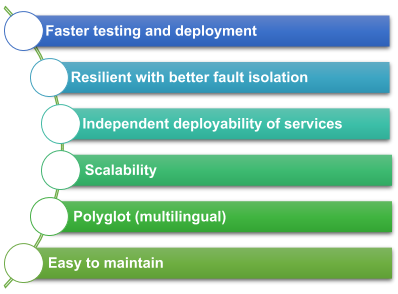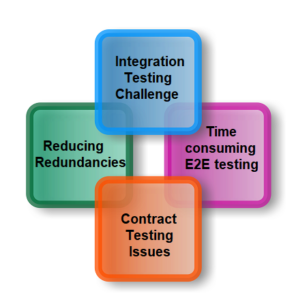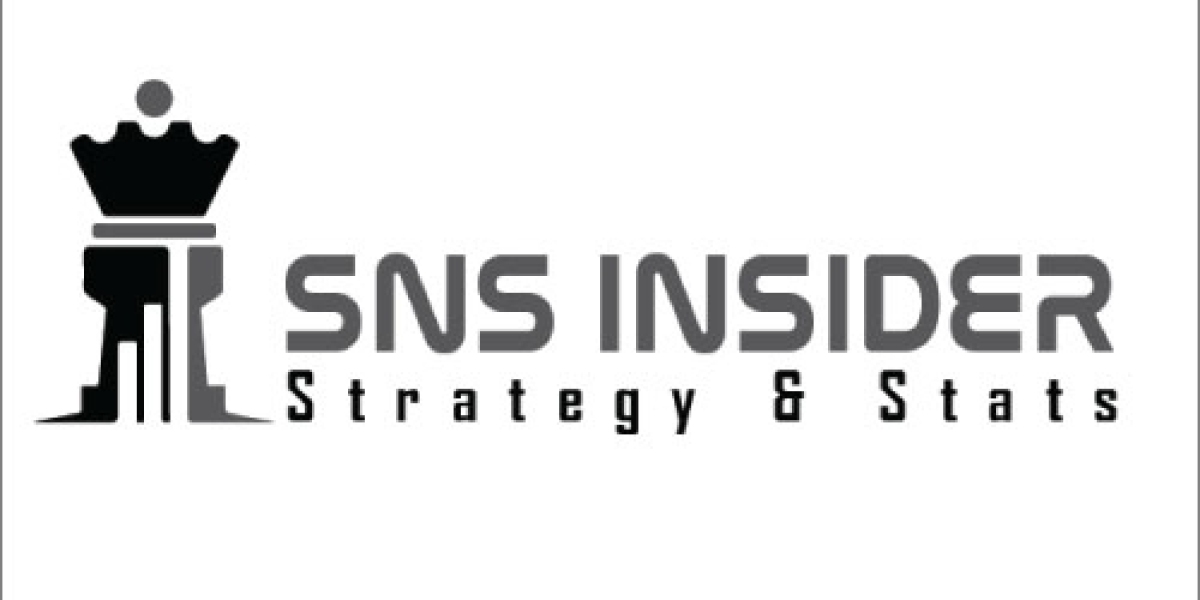The software development and testing process is an ever-evolving field. There has been a paradigm shift from a monolithic development approach to a microservices architecture, owing to the domain-specific development needs and faster time to market expectations.
Micro-services are independent services built around specific business functionalities, each performing its own process and communicating with other services via a set of API.
These services can be developed, deployed, and maintained independently. They can form an ecosystem that represents a larger business scenario, with help of pre-established communication protocols.
Micro-service architecture renders a helping hand in the CI/CD process since it allows cross-functional teams to develop, test, troubleshoot and deploy faster and effectively. Different teams are responsible for developing and maintaining different services. If one service is under development/modification, the others can work without affecting the functioning of the whole setup. This isolated development allows for the flexibility of using different programming languages and databases based on the functionality.
Clearly, using micro-service architecture has given the opportunity to advance software development and in particular agile DevOps teams.
Many well-known organizations like e-Bay, Twitter, Facebook, Amazon, Netflix, etc. leverage the capabilities of the micro-service architecture.
Pros of using Micro-service architecture

Challenges of testing Micro-services Architecture
The testing strategies for Micro-service architecture are different from monolithic ones and have their own challenges. While there are multiple hurdles one can face during testing, we are focusing on major 4 in this particular article.

- Integration testing challenge
Integration testing of micro-services involves verification of interactions between heterogeneous modules representing various services. Their interactions with external services/modules also need to be verified for overall functioning. Each endpoint should be verified for business logic, but also from a technical point of view. Any lapse in this may result in a chain reaction, leading to the collapse of the whole ecosystem.

Solution:
- Use the Shift left approach for testing. Test early, catch bugs early.
- Standardized development using cloud based services like AWS.
- Reducing redundancies (especially the libraries)
Micro-service architecture is a well-oiled eco-system of multiple services which may in turn use multiple external libraries. The whole concept of micro-services is based on decentralization, which means that each service has its own libraries. When these services are plugged in, there might be duplicate instances of libraries which need to be cleaned up. This can pose a challenge since any removal/modification of any library may inadvertently introduce an error.

Solution:
- Unused and redundant libraries should be removed periodically and regression testing should be conducted to ensure that nothing is broken.
- Contract testing issues
Micro-service architecture is woven with the help of API’s. Validating the exchange of data and overall workflow is extremely important to ensure that the whole system is working flawlessly. Since different services may be developed using different technology, by different teams, there can be challenges while testing these service contracts or communication protocols.

Solution:
- API endpoints with standardized communication patterns must be provided by every micro-service for communicating with other micro-services.
- Time consuming end to end testing
An end-to-end test is needed to verify and validate a system as a whole. It checks whether all the business requirements and goals have been achieved. Since the micro-service architecture involves many cogs which were developed and tested at different points of time, it becomes even more difficult to achieve a synchronous defect free system. This results in amplified testing time and high maintenance of test suites.

Solution:
- Identify critical cases and tests, automate them.
- Using exploratory testing also helps in finding hidden bugs.
Read for more about :https://www.webomates.com/blog/software-testing/how-to-avoid-the-top-4-challenges-while-testing-micro-service-architecture/









